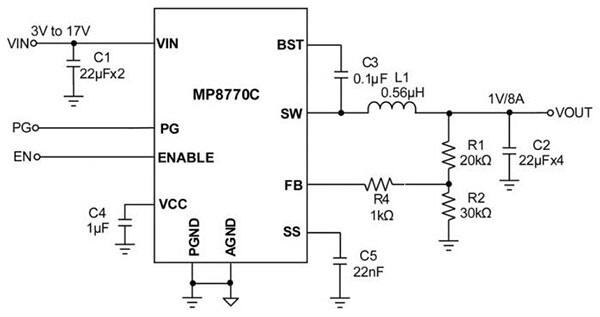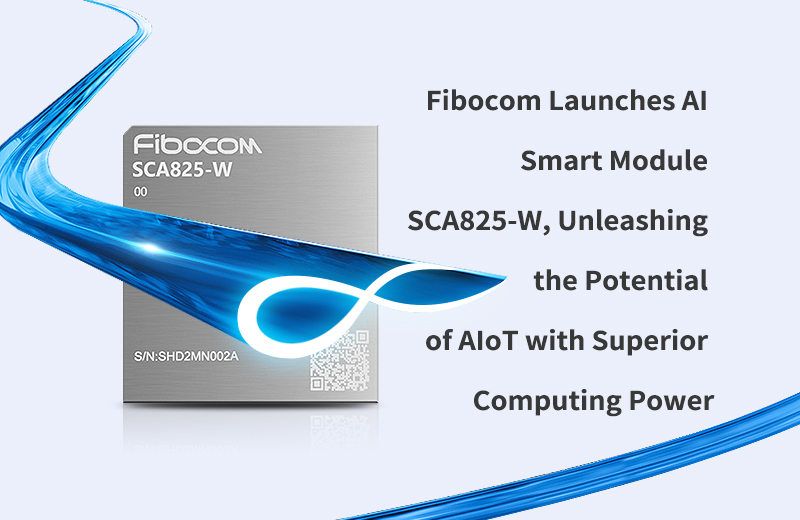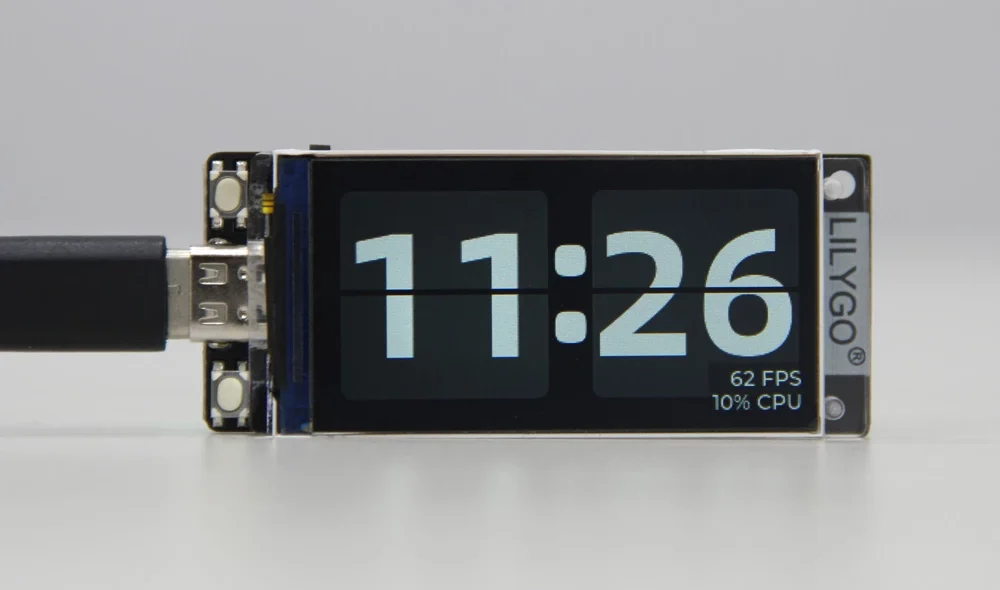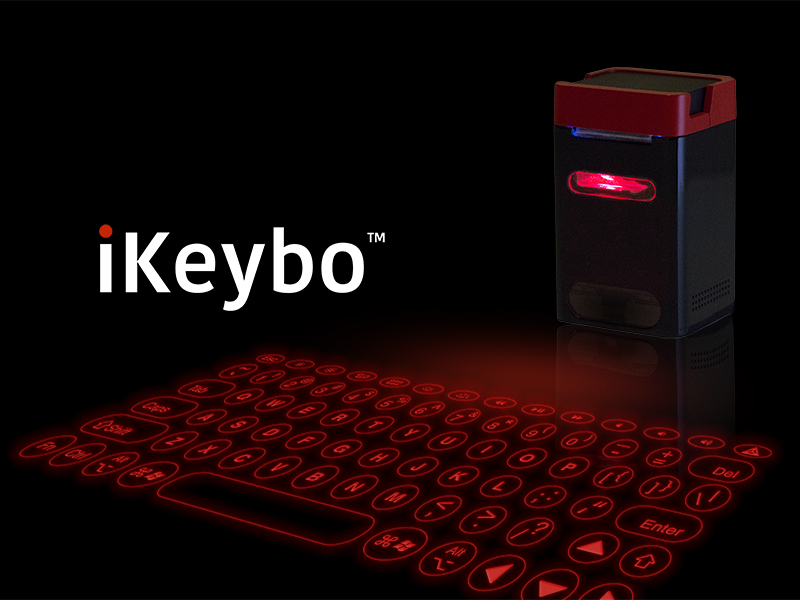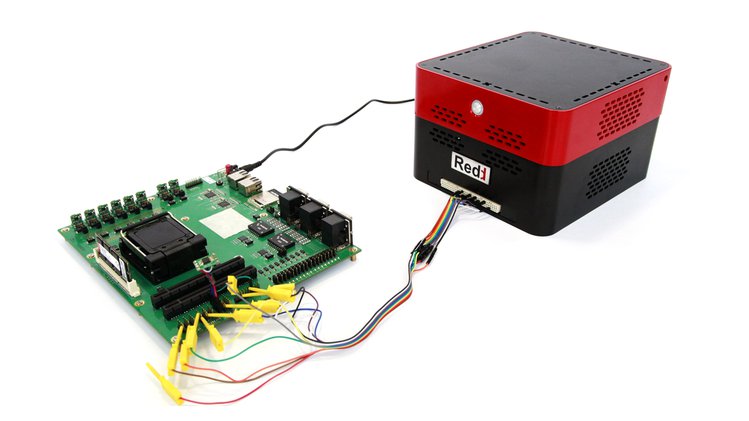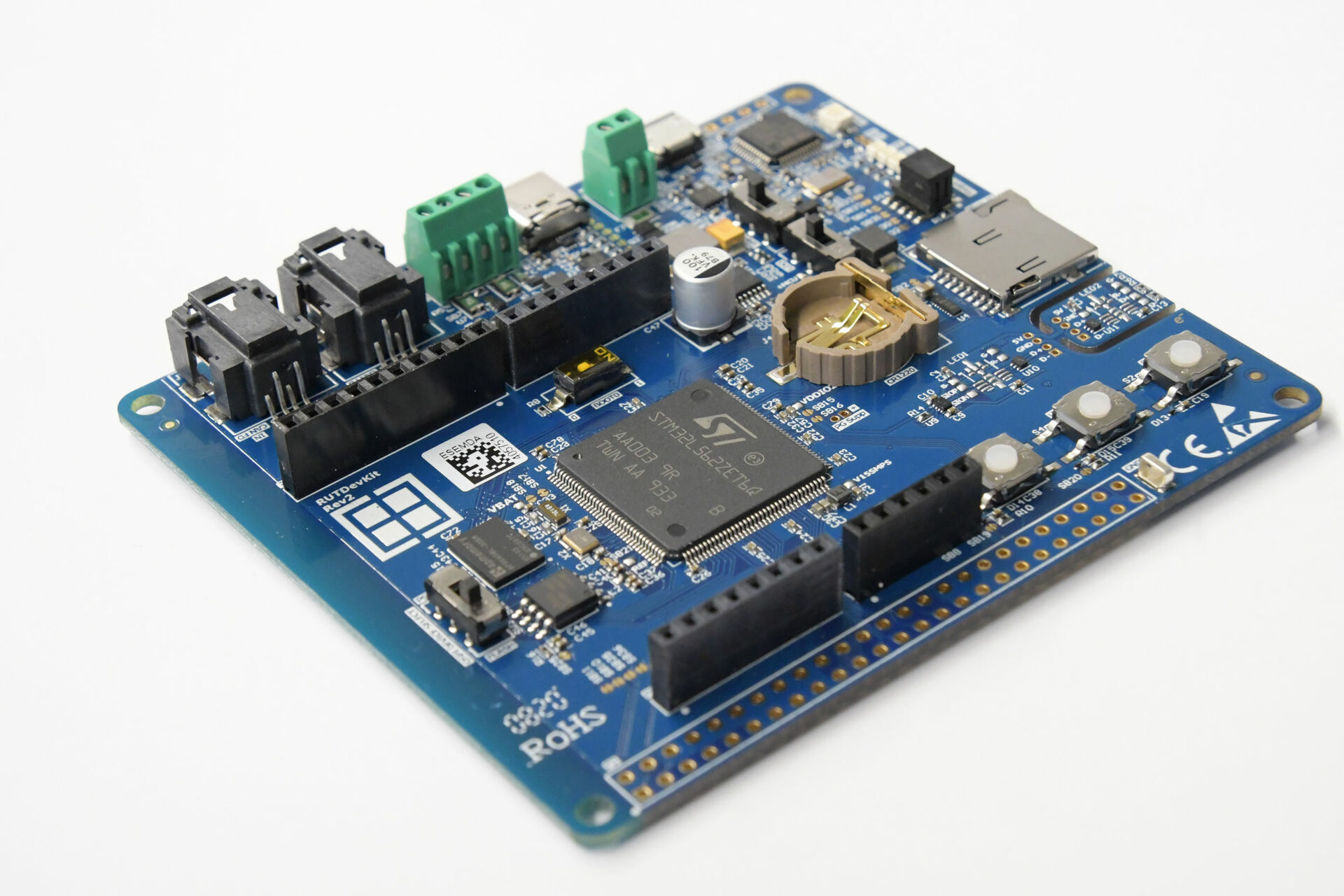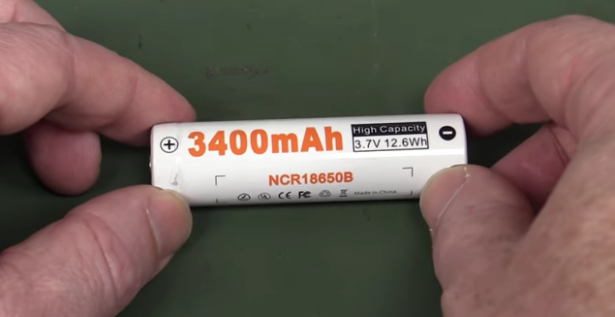
David Jones has another useful video tutorial about how to safely charge Lithium Ion and Lithium Polymer batteries with a bench power supply. The purpose of this tutorial is to learn how to use your lab power supply to charge your Lithium Ion battery when you don’t have a special charger circuit to do so.
He used NCR18650B in his tutorial, a 3.6V 3400mAh Lithium Ion battery from Panasonic.
David warned us that charging this type of battery is quite dangerous if we didn’t do it in the correct way. Even with the presence of protection circuit in Lithium Ion battery.
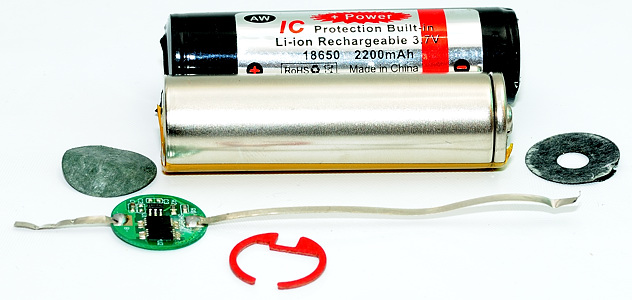
You can find the charging diagram in NCR18650B battery datasheet.
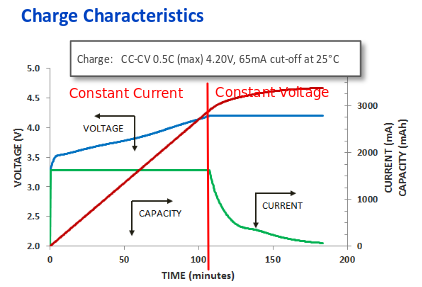
According to the datasheet, the charging current is 1625mA and the charging voltage is 4.2V. Charging consists of two stages, first one is the constant current stage where you must supply a 1625mA constant current and when the battery voltage reaches 4.20V, the second stage starts, which is the constant voltage stage. In this stage, the current will naturally drop down, and the cutoff is typically about 10% of charging current so it’s about 170mA.
This tutorial applies to all Lithium Ion and Lithium Polymer batteries not only NCR18650B.
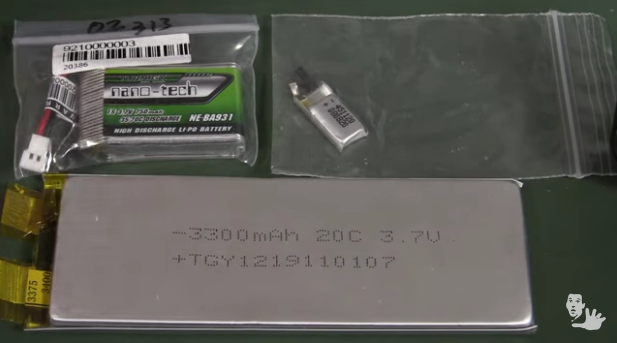
You can perform this 2-stage charging using your power supply, but it must supports CC(Constant Current) and CV(Constant Voltage) modes. You can read the following Q&A in electronics.stackexchange to learn what constant current and voltage modes mean. You can build a power supply with CC and CV modes for yourself if you don’t have a budget to buy a ready made one.
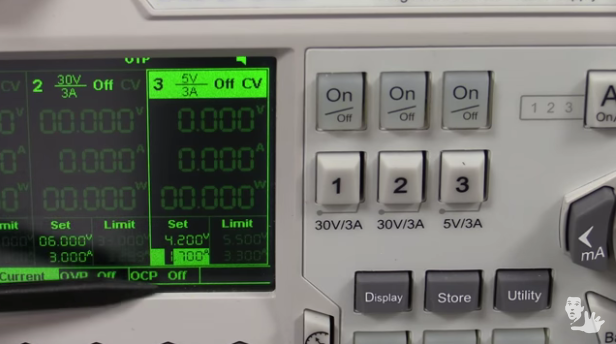
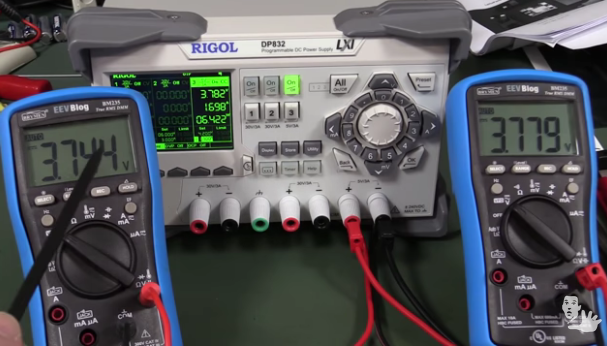
David said that using this type of float charging/trickle charging is not recommended, because it will build-up or plate the metallic parts inside the battery. So It’s better to use dedicated ICs designed for the float charging.
David mentioned in his video that a complete tutorial is available for whom who want to know in details how to charge lithium ion battery.





